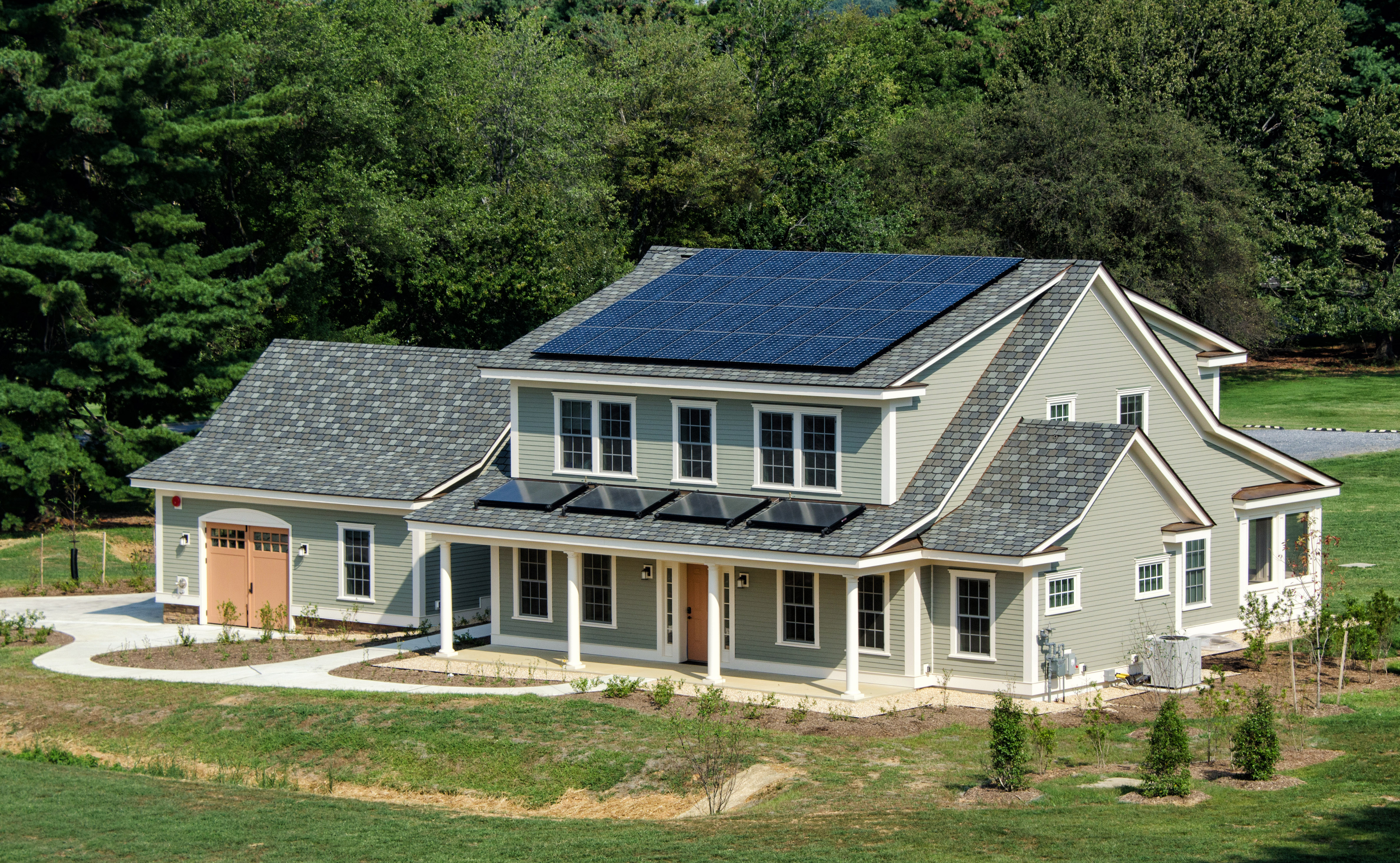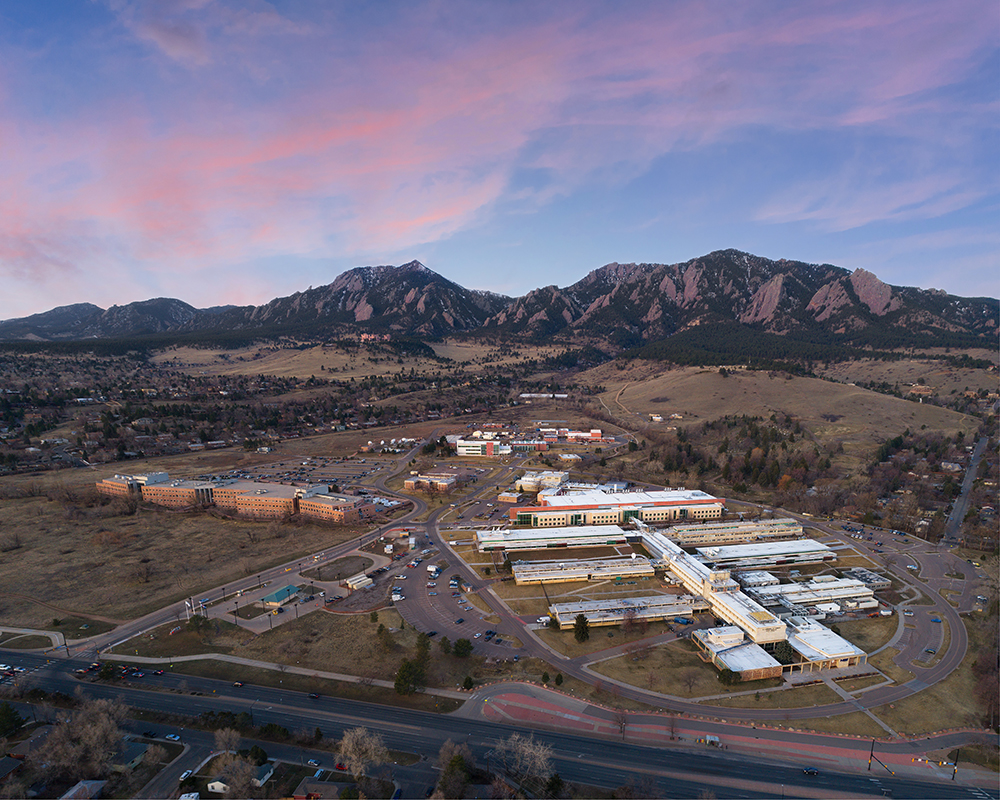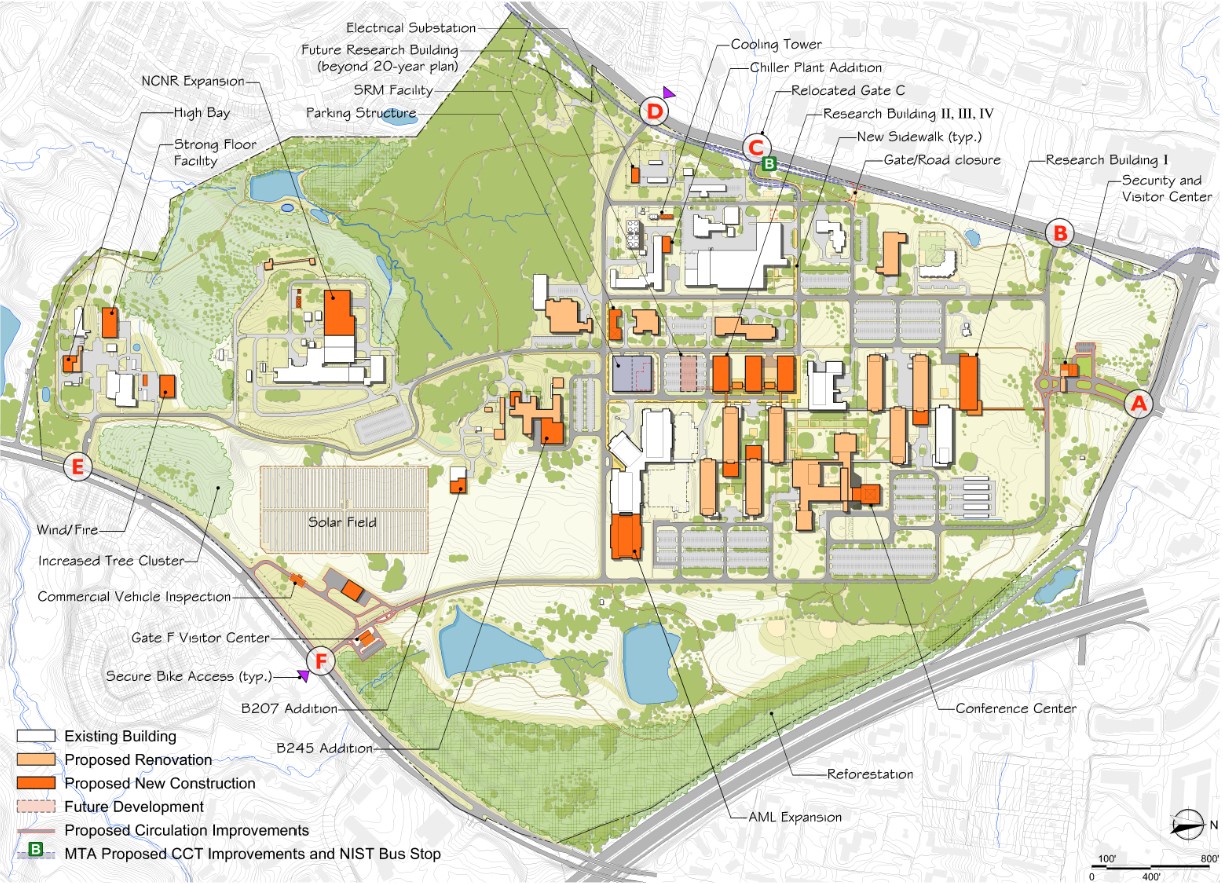Taking Measure
Just a Standard Blog

NIST's sprawling, bucolic 234-hectare (578-acre)-headquarters in Gaithersburg, Maryland, is home to a variety of wildlife. I'm lucky to work in such beautiful surroundings.
As Earth Day 2018 approaches, I think about what my role as the NIST Chief Sustainability Officer entails, but also what we have accomplished as an organization toward promoting sustainability and what more we can do.
This year’s theme for Earth Day is “End Plastic Pollution.” As part of our normal recycling operations, NIST averages recycling roughly 68 metric tons (75 tons) of paper, plastic, cardboard and paper each year. The amount of plastic NIST recycles each year is commendable, but I encourage everyone to think about what you can do in your daily lives to further reduce the volume of plastic you use or how you can increase the amount you recycle. Americans throw away about 30 million metric tons (33.6 million tons) of plastic each year. Of that, about 24.5 percent is recycled or incinerated, which means we’re adding 22.7 million metric tons (25.3 million tons) of plastic to our landfills annually, where it will linger for up to 500 years before degrading.
Obviously, we must do a better job of reducing how much plastic we use, reusing what we can, recycling the rest and researching low-cost, sustainable replacements.
I’m happy to say that NIST has several ongoing research projects; our Sustainable Composites project, for example, seeks to provide the measurement infrastructure to evaluate the sustainability and performance of new plastics. With any luck, we will begin to see more and more of these plastic products emerge in the coming years.
NIST has a long history of experimenting with sustainable technologies, too. The Net-Zero Energy Residential Test Facility (NZERTF) at NIST’s Gaithersburg, Maryland, campus was built to be 60 percent more energy efficient than the average American home and to consume as much energy as it saves or produces, resulting in “net-zero” energy usage. It has exceeded that target every year it has been in operation. A family living in that house (and there is a virtual one) would have received no utility bills for the year. In fact, they would have received a refund check for $80 from the local utility in 2016. That doesn’t sound like much, but when you consider that the average monthly home utility bill in 2016 was more than $100, it’s a lot.

Aside from guarding against energy loss, a big reason for that surplus was solar power. NIST’s solar array experiments, which have been going on since the early 1970s, are well known in the industry and have improved solar panels’ efficiency and the way solar energy integrates with the power grid.
But what else are we doing, you might ask?
The NIST Office of Facilities and Property Management (OFPM) is in the final stages of constructing a cogeneration plant in Gaithersburg that will provide 40 percent of the campus’ annual electrical consumption. We are also planning to award a contract in the next month to build a 15-acre solar field in Gaithersburg. Between these projects and the solar installations already on campus, we will produce close to half of the campus’ electrical power needs.
In Boulder, Colorado, we completed renovations of Wing 3 and Wing 6 in Building 1 last year. That project was awarded a LEED (Leadership in Energy and Environmental Design) Platinum certification, the highest level achievable. Less than 6 percent of registered projects attain this level, and NIST is the second federal laboratory complex to achieve a Platinum certification to date. The project diverted over 1,700 tons of waste from local landfills through recycling programs. Other than the long-term benefits to the environment, this effort will reduce our utility bills by over $300,000 per year! This project will be recognized at the 2018 U.S. Department of Commerce (DOC) Sustainability and Environmental Stewardship Awards ceremony as the Energy and Water Conservation Project Award winner.

Another focus of Earth Day is helping to increase the number of trees in the world. With over 15 billion trees being lost per year, without replacement, there is a dire need to ensure we are doing our part to help. The Gaithersburg Master Plan includes provisions for reforestation and conversion of grassy areas to natural meadows. Beginning with this year, we are starting an annual reforestation campaign that will scale up over time to fulfill the master plan’s vision. We are also investigating how to initiate the natural meadow program and hope to start a pilot area within the coming year.
Speaking of master plans, the Boulder Master Plan is being recognized at the same DOC awards ceremony as the Environmental Stewardship Award winner. The master plans at both campuses not only include a roadmap for the future of responsible NIST facilities stewardship, but they also serve as sustainable and environmentally responsible models for how we will modify our facilities over time.
Energy conservation efforts are also an important part of sustainability principles, and the NIST campuses have been proactive in this area. We’ve installed occupancy sensors in hallways, restrooms and conference rooms that turn off the lights after a pre-selected period of no detectable motion. We plan to install similar light-dimming devices in the many stairwells around campus and motion-sensing light switches in offices as well. And we have installed these sensors on our loading dock roll-up doors so they close when no one’s there.
This reminds me of when my parents, and probably yours, would say, “Close that door! We’re not heating (or cooling) the entire neighborhood!”

To reduce our water usage, we’ve installed low-flow water-saving devices on toilets, urinals, sink faucets and showerheads around both campuses. We’re capturing approximately 378,000 liters (100,000 gallons) a day from a groundwater collection system around two of our underground laboratories in Gaithersburg. This “free” water (i.e., water we won’t have to purchase anymore from the local water utility provider) is pumped over to the central plant cooling towers. Later this year, we will be installing four water wells on the Gaithersburg campus. This water (approximately 53 million liters or 14 million gallons annually) will also be pumped to the cooling towers.
We’ve installed digital controls on most of our large central HVAC units that serve our administrative spaces and common areas. Like the programmable thermostat in your home, these controls can cycle the HVAC units on and off so they’re not running when those spaces are unoccupied—overnight on weekdays, all weekend long, and the 10 federal holidays each year.
From our commitment to installing sustainable technologies that reduce our carbon footprint to being responsible with our daily and long-term construction and facilities planning to being good stewards of the ecosystems at our Boulder and Gaithersburg campuses, I believe NIST is setting an example for the federal government in energy and environmental stewardship. I’m proud to have played a role in making this happen, and I know that things will only continue to improve if we work together and set ambitious, but attainable, goals. We owe it to ourselves and future generations.
Happy Earth Day 2018!
About the author
Related Posts
Comments
Thanks for your comment! As a federal facility with a science & research based mission, we are looking towards being good stewards of the taxpayers funding to find the right balance between maintaining our facilities, integrating sustainable technologies and working towards implementation of our master plans. Therefore, we don't have funding to push the boundaries on sustainable technology integration when we are focused on getting the funding necessary to maintain and upgrade our historic register eligible buildings to meet the needs of our researchers. However, we do pursue what we can and look for opportunities like ESPC's (Energy Savings Performance Contracts) to fund energy savings projects through utility bill savings to pursue our sustainable technologies.






Congratulatons NIST, on walking the talk!
Have you addressed climate adaption in your facilities, e.g., future extremes in heat, flooding, wind, wildfires, power outages, etc..
You need to beat the RMI Innovation Center in Boulder (net positive E, 100 year life design), and the UK climate adapted buildings and communities !!